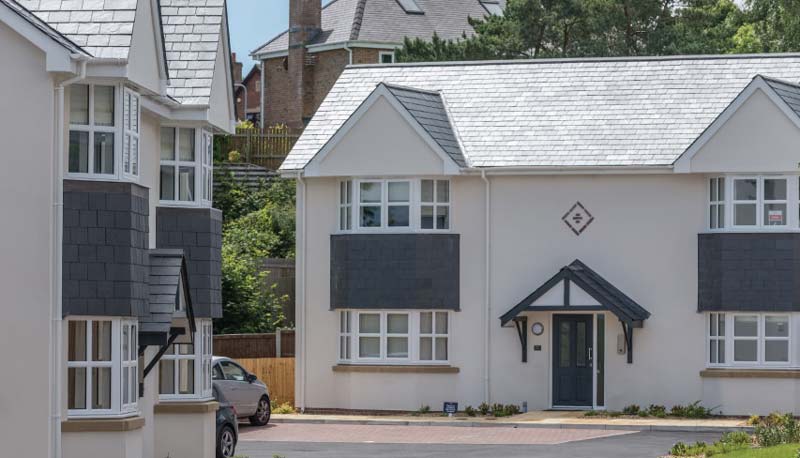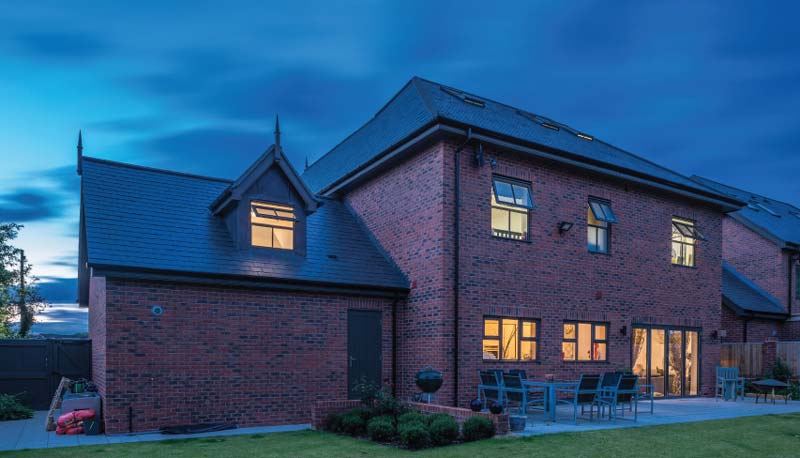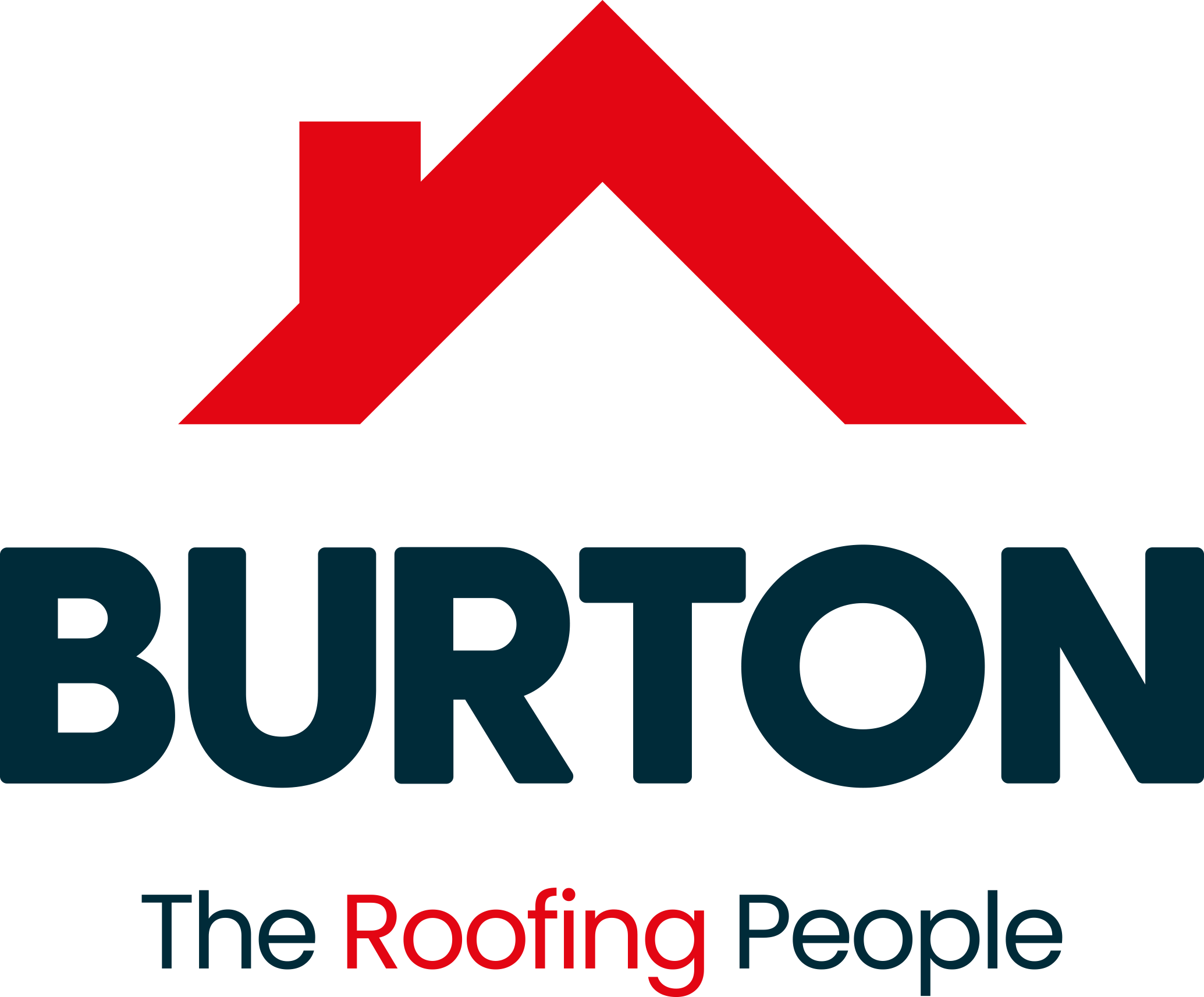Everything you always wanted to know about slate roofing (but were afraid to ask!)


Imagine your house without its roof – more of a ruin, isn’t it? The roof is what turns a house from ruin to residence, which means we should probably all put a bit more thought into what it’s made of. If you’re lucky enough to be dealing with a slate roof, here’s a few things to bear in mind when installing, renewing or replacing it.
Seven things to know about fixing slates;
1. What do I need to know when designing a slate roof?
Before installing slates, you need to think about your site’s level of exposure to wind and rain. This will determine the size of slates to be used, and their lap.
Buildings on slopes or hills, or in coastal areas, are generally considered more exposed. Tall buildings also have a higher level of exposure. In general in the UK any area within 30 miles of a west facing coastline is considered to be severely exposed.
2. What size of slate should I use?
It depends on the roof. Small slates suit steep roofs, whilst more exposed sites and lower roof pitches require wider slates and an increased lap.
3. How many types of slate are there?
A lot! We produce more than 40,000 combinations of natural slate models, shapes and sizes, from 27x18 to 60x30 – the latter is the most commonly used.

4. How do I decide the slate lap?
Measure the roof pitch and consider its level of exposure to wind and rain. Where the thickness of natural slates reduces their pitch by 30 or more, the next lower rafter pitch should be selected to work out the necessary head-lap.
5. What’s the first thing to do after removing slates from their packaging?
Slates are supplied in pallets and stacked on their long side. After being removed from their pallets, slates need to be graded and sorted into three or four thicknesses. If stacked on site they should be laid on the long side with battens between the layers.
6. What’s the best method of fixing slates?
Slates are usually fixed with nails. Nails should be either aluminium alloy or copper, or, in coastal areas, silicone bronze or stainless steel.
Alternatively, hooks can be used – this is a very common fixing method in France and Belgium. When fixing slates with hooks all perimeter slates should be nailed as well as hook fixed.
7. When buying roofing slates, what information should I look for from the producer?
Any slate purchased should be accompanied by:
A dated declaration of performance including the type of slate, the quarry and the essential characteristics of the product – this should all be signed by the producer’s quality manager.
International certificates – control of the whole production process is essential for the producer to be able to gain these. CUPA PIZARRAS’ slates exceed all international quality standards: IQ Net, DAPc, CE mark, NF Certificate. ATG. BSi, ASTM, AENOR 14001 and AENOR 9001.
Product traceability information on origin and manufacturing date. CUPA PIZARRAS has a unique and comprehensive quality control system enabling it to identify the origin, type, and production date of each of their natural slates, paired with its technical data. This traceability procedure is implemented though a unique bar code that accompanies the slate throughout the production process.

As a general rule, experts recommend acquiring natural slate with the producer company’s branding and information, avoiding generic and distributor’s brands as much as possible, as these make it difficult to correctly identify the product.
Unlike other brands, CUPA PIZARRAS produces and processes its natural slate in its own quarries and units, enabling it to control product quality from source.











